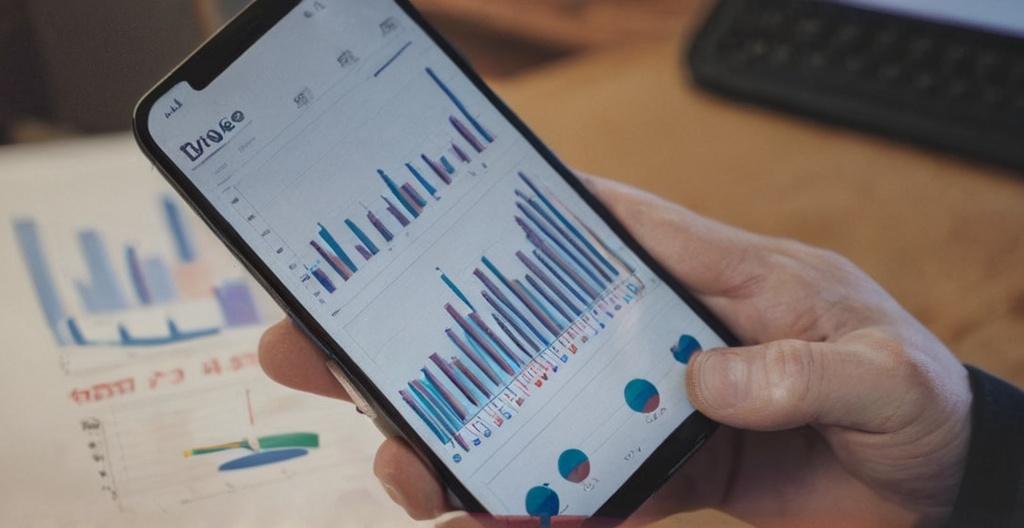Key Take Aways About Backtesting Technical Strategies
- Backtesting lets traders test strategies using historical data without real financial risks.
- Key components: reliable historical data, compatible trading platform, and clear strategy.
- Set testing parameters carefully; consider time frame, trading commissions, and slippage.
- Refine strategies through small adjustments rather than overhauls.
- Avoid pitfalls like overfitting, ignoring realism, and market conditions.
- Backtesting offers insights, guiding traders while requiring cautious analysis.

Understanding Backtesting
Backtesting technical strategies isn’t just a hobby for many traders; it’s almost a rite of passage. It gives you a glimpse into the possible universe of trading without spending a dime or risking a penny. Backtesting involves running your trading strategy against historical market data, helping you gauge its effectiveness before you put it into action.
And let’s be honest, isn’t it better to find out your great trading strategy is better at losing money on old data than with your hard-earned cash?
The Nuts and Bolts of Backtesting
When you backtest, you’re effectively time-traveling, but without the DeLorean. You simulate trading under past market conditions to see if your trading strategy would sink or swim. Key details like entry and exit points, stop-loss orders, and position sizes are plugged into a trading model, which then runs on historical data.
If you’re hearing cries of “garbage in, garbage out” echoing somewhere, be aware they have a point. The quality of your historical data can make or break the experience. If it’s shoddy, the results will be just as unreliable as trying to predict next week’s lotto numbers.
Essential Components for Successful Backtesting
To not flounder like a fish stuck on dry land, you need a few essentials:
- Reliable Historical Data: Let’s not try and catch fish in a desert—data you use should be accurate and consistent.
- Trading Platform: Choose one that supports backtesting, preferably something user-friendly, unless you’re a glutton for punishment.
- A Clear Trading Strategy: No one says you have to write a novel, but your strategy should be as clear as grandma’s recipe for chocolate chip cookies.
How Testing Parameters Influence Outcomes
Your strategy’s success—or lack thereof—can also hinge on how you set your testing parameters. The time frame you choose, trading commissions, and slippage—all become crucial parts of the equation. Miss any, and you might as well toss your computer out the window with your strategy screaming all the way down.
The Art of Refining Strategies
So maybe your backtesting results weren’t as stellar as you’d hoped. Don’t worry. Adjusting your strategy is all part of the game. Make small tweaks rather than rewriting the whole playbook. It’s like seasoning a stew; a little goes a long way.
Re-Calibration: Consider recalibrating your indicators or modifying your risk management protocols. Sometimes a tweak here and a nudge there can turn things around more than a quick tap on a vending machine.
And remember, even if you discover that your strategy stinks, that’s still a win. After all, you’ve saved yourself from a world of financial hurt.
Case Studies of Backtesting Gone Right
There’s a trader named Bob who once discovered a stock pattern in the markets. Armed with historical data and a simple RSI indicator, he backtested his strategy. Long story short, Bob stuck to his guns, made some money, and didn’t have to sell his collection of vintage records.
But here’s the kicker: Bob didn’t dive headfirst into backtesting with blinkers on. He checked his parameters, used clean historical data, and made sure his strategy wasn’t just one big statistical fluke.
Common Pitfalls: Traps for the Unwary
Even seasoned traders can fall into backtesting traps worse than a tour guide getting lost in a hedge maze. Several red flags can derail your efforts:
– Overfitting: Your strategy’s so customized to past data, it can’t even handle today’s reality if it tried.
– Lack of Realism: Ignoring trading costs and slippage is like believing food at a “sponsored” wedding is free.
– Ignoring Market Conditions: Strategies that look good on paper may break down faster than a toddler’s sandcastle under different market conditions.
Final Thoughts on Backtesting
Backtesting can be your trusty compass, guiding your trading ship through historical waters. It gives you insights, but you still need to keep your wits about you. A good sailor never blames the sea when a leak springs in their boat.
By putting in the time, analyzing the data, and learning from past missteps, you may find the treasures you seek—or at least avoid the imminent shipwreck!